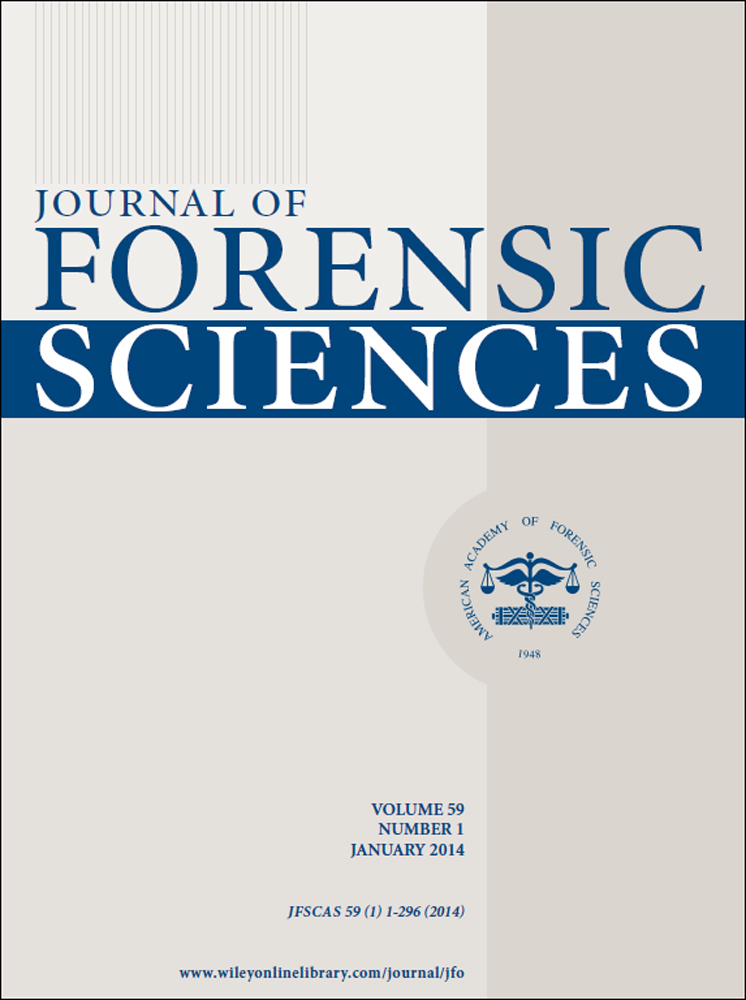Chromatic Variation of Soot Soiling: A Possible Marker for Gunshot Wounds in Burnt Bone
Abstract
Soot soiling is a crucial forensic parameter around gunshot lesions. Carbonization, however, can severely alter human tissues and mimic such clues. This study aims at evaluating the survival of soot soiling even after carbonization in bone. A total of 36 bovine ribs (half fleshed and half defleshed) were shot with two types of bullet (both 9-mm; full metal-jacketed and unjacketed) with a near-contact range. With unjacketed bullets, the shot left in every case a clear, black, and roughly round soot stain around the entrance wound, whereas full metal-jacketed bullets left no signs of soot. Every specimen then underwent calcination in an oven at 800°C. The analysis of the charred samples clearly showed the survival of the soot soiling in both fleshed and bony samples, with a clear correspondence with the former position, but with a different color (yellow). Thus, soot soiling may survive, although with a different color, even after charring.




